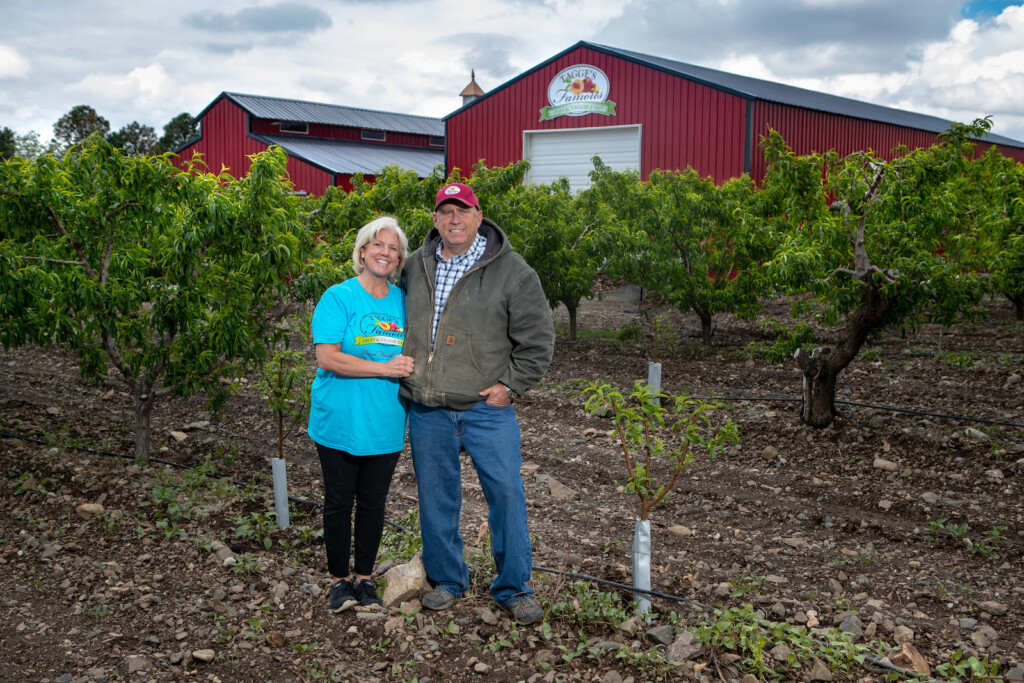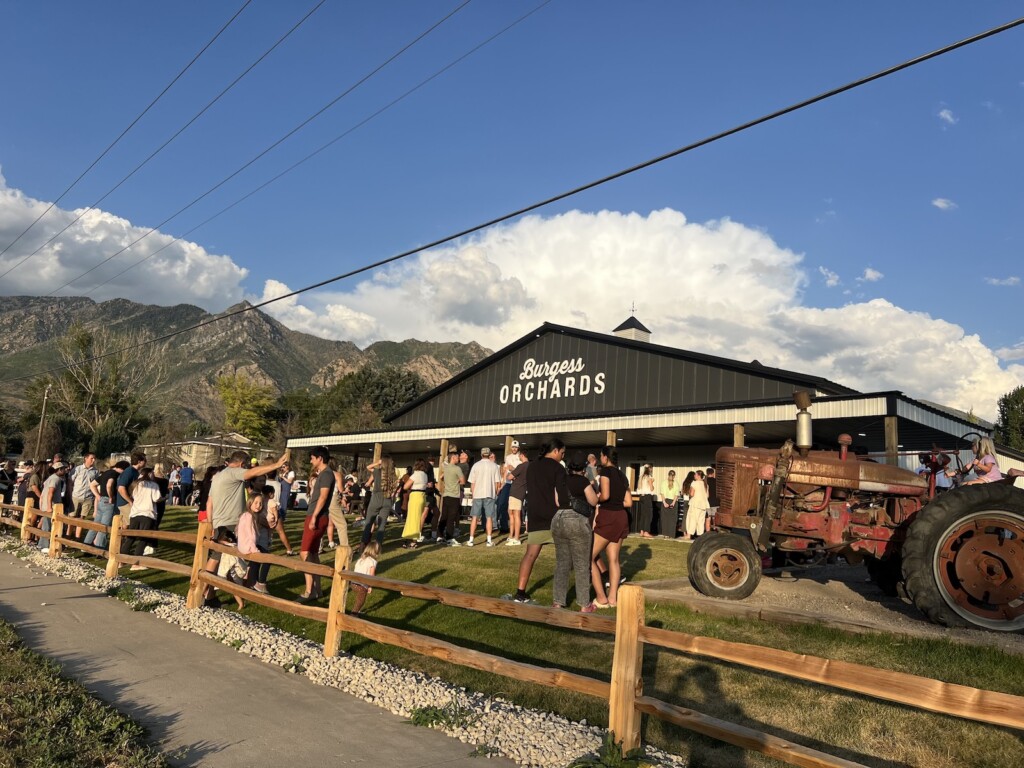
When someone is faced with addiction, they often can’t control the fate of their living situation as most, if not all, of their focus is solely on obtaining and using drugs they have become dependent on. When this happens, people with substance use disorders can sometimes find themselves homeless and living on the streets. The connection between addiction and homelessness is bound together with despair. It exists as a cycle that can be difficult to break without professional assistance and intervention.
Does One Cause the Other?
Too frequently we see people who end up living on the streets commonly dealing with a combination of mental illness and a substance use disorder, both of which carry heavy stigmas in our society. To make matters worse, they are also homeless which can triple the amount of judgment people place on them. This can be an incredibly hopeless place to be as a person who is not only down on their luck but also suffering from illnesses that need to be dealt with medically and psychologically. Since mental illness is often the core underlying cause that leads to addiction, the trifecta of homelessness, addiction, and mental illness is that much more serious of a problem.
The Reality of Homelessness
More often than not, people are only temporarily homeless. People tend to see those who are homeless and let their temporary situation define who they are as people. Ironically, the same mentality goes towards people who are dealing with addiction. Some people who are living on the streets are temporarily “unsheltered,” also occupying their cars, tents, or abandoned buildings. Those who are “sheltered” but still homeless tend to seek out shelters or transitional housing. “Doubled up” homeless people are staying with friends, family, or even strangers to avoid life on the streets. Considering the different levels of homelessness, the majority of people who are homeless are also suffering from mental illness and addiction, usually co-currently.
Statistics:
• Drug addiction is more prominent among younger homeless people than alcohol
• The older subset of homeless people tend to be addicted to alcohol
• ~ 30% of homeless people misuse or are addicted to alcohol
• ~ 26% of homeless people misuse or are addicted to drugs other than alcohol
• ~ 68% of homeless people attributed substance use to their homeless situation
• Many people affected by homelessness and substance use are military veterans

Considering that homeless people lack the very basic need of stable shelter, it makes the possibility of seeking treatment even more difficult. With about 30% of homeless people who have mental illness or a chronic health condition, “getting help” is much easier said than done. Even when attempts at seeking treatment or help are made, the way America’s health care system handles the mentally ill has caused a trend of homeless people being revolved from institution to the street at an alarming rate. Many medical institutions simply do not have the funds or programs to treat these people unless they are properly insured, which many are not. This doesn’t account for the many homeless people with substance use disorder who end up incarcerated due to drug-related involvement.
With a clear correlation between substance use disorders, poor mental health, and homelessness, it’s easy to see how all three factors revolve around a person who is excluded by society and forced to live on the streets. It’s not uncommon for people to feel hopeless in these situations and turn to drugs and alcohol to cope with their problems by self-medicating. Once someone who has hit this level of “rock bottom” has nowhere else to go, they may lose their will to attempt to better their situation because the feat seems too impossible to achieve.
Helping the Homeless with Substance Use Disorders
Since the homeless situation in major cities has become impossible to ignore, how do we help those who need it most? The answer isn’t so simple, but it’s obvious that a comprehensive approach needs to be taken. The people who are living on the streets are not all the same. Each individual is struggling with their own unique problems, but starting with treating their mental health and possible addictions is a good start.
Homeless people most often end up in urgent care or admitted into psychiatric hospitals as a means of medical attention. Most other options are difficult to come by as shelters are often turning away people in need due to overcrowding. A good solution would be to offer more medical programs for homeless people, specifically also offering mental health and addiction assistance. Inpatient treatment centers are expensive, and many outpatient treatment doesn’t provide shelters, so the core issue of homelessness remains. However, all MedMark Treatment Centers do offer services to help those who are facing homelessness.
Potential solutions for helping homeless people get the care they need would involve a large paradigm shift in our society’s current outlook. The stigmas surrounding mental health, addiction, and those who are struggling must be broken down with basic human empathy to provide the homeless with assistance.
The following are the most basic needs that should be provided with an initiative to help the homeless population struggling with Substance
Use Disorder:
• Comprehensive care: Homelessness isn’t something that can be cured overnight. Patients need help learning life skills that can help them lead better, more healthy lives after treatment. Comprehensive care is part of MedMark’s treatment program.
• Housing: While providing care, having a stable and monitored living environment for patients is critical for building morale and encouraging recovery.
• Integrative treatment: Most people who are homeless are dealing with co-occurring disorders. Giving them shelter is a start. They need to be treated as a whole to address issues stemming from poor mental and physical health, including the treatment of addiction.
• Educated staff: Who better to assist people in need than those who understand what it’s like to deal with addiction and recovery? This also comes with an opportunity for people in recovery to seek careers in addiction counseling and treatment once they are ready.
The links between addiction and homelessness are deeply interwoven, and it’s time for society to show more compassion to those in need. A significant portion of the homeless population is dealing with both mental illness and substance use disorders. We need to treat these people medically and give them a chance to succeed in life because no lives are disposable and every life matters.
About the Author: Holly is the Digital Content Coordinator for MedMark Treatment Centers. She works to help spread awareness and end the stigma of addiction. You can read more from her at her blog.





